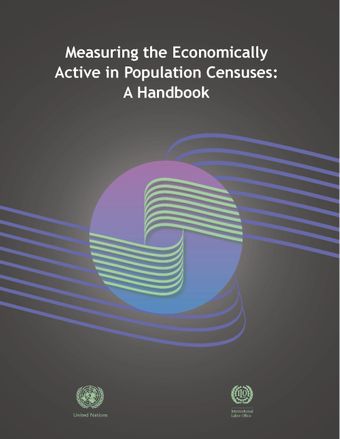- Accueil
- Publications A-Z
- Studies in Methods (Ser. F)
Studies in Methods (Ser. F)

Guidelines on Statistical Business Registers
The Guidelines on Statistical Business Registers are based on the 2015 UNECE Guidelines on Statistical Business Registers while adding numerous examples from countries from all regions as well as practical guidance applicable to a broad range of statistical systems especially for the countries in the early stages of development of statistical business registers. The Guidelines provide not only practical recommendations for countries in establishing and maintaining their statistical business registers but also address the specific issues pertinent to less-developed statistical systems which are often characterised by a large informal sector and a limited availability of data sources. Since the Guidelines provide practical guidance on how to establish maintain and modernize a SBR they are mainly targeted at SBR management SBR staff the staff of business statistics and the staff dealing with respondent relations and with administrative authorities that deliver data to the SBR. They may also be useful for training purposes.
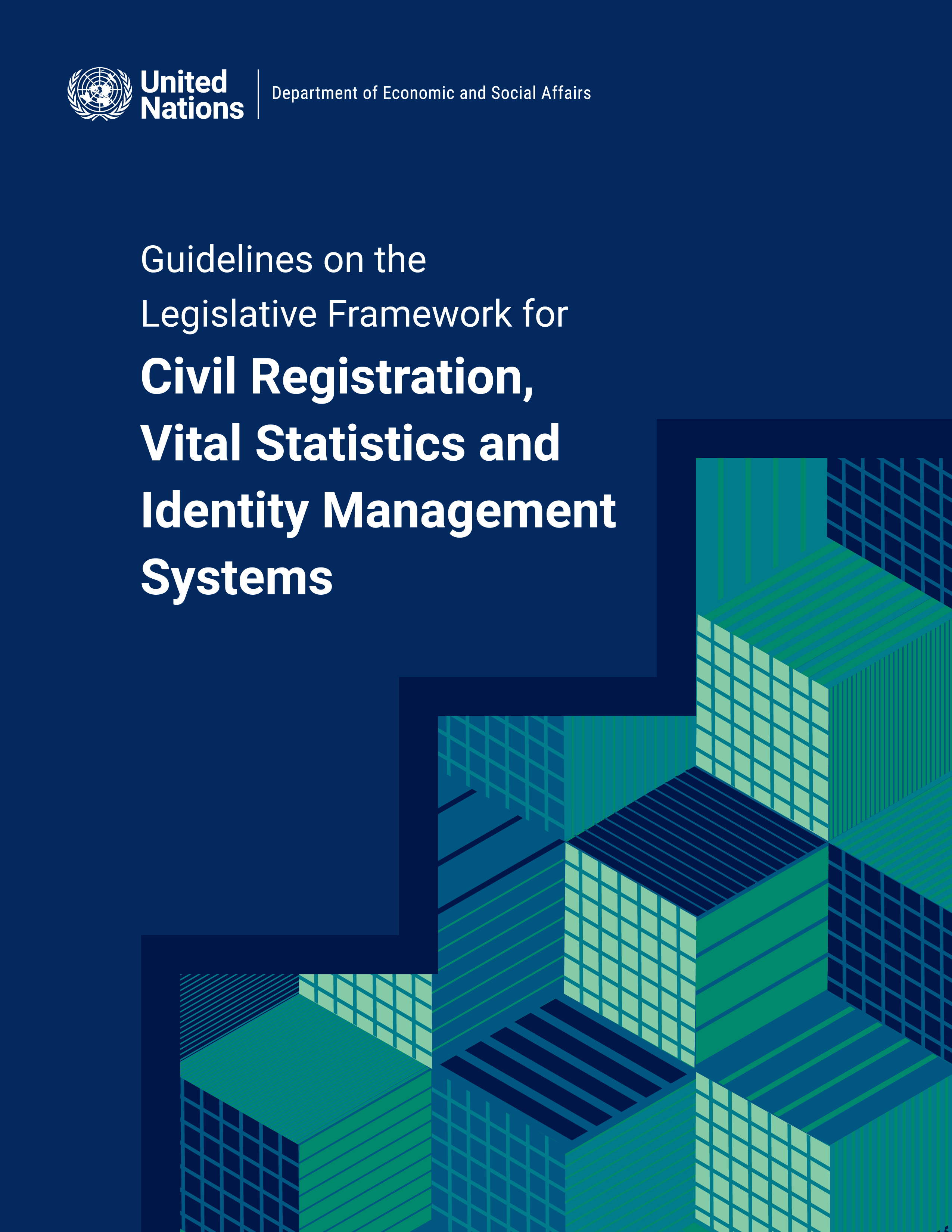
Guidelines on the Legislative Framework for Civil Registration, Vital Statistics and Identity Management Systems
These Guidelines update and replace the 1998 Handbook on Civil Registration and Vital Statistics Systems: Preparation of a Legal Framework (United Nations publication sales no. E.98.XVII.7) which was based off previous revisions of the Principles and Recommendations. These Guidelines are intended to complement the Principles and Recommendations for Vital Statistics System Revision 3 and the Handbooks on Civil Registration and Vital Statistics Systems. The purpose of these Guidelines on the Legislative Framework for Civil Registration Vital Statistics and Identity Management Systems is to offer a tool for developing a strong rights-based legal framework for civil registration vital statistics and identity management (CRVSID) systems.
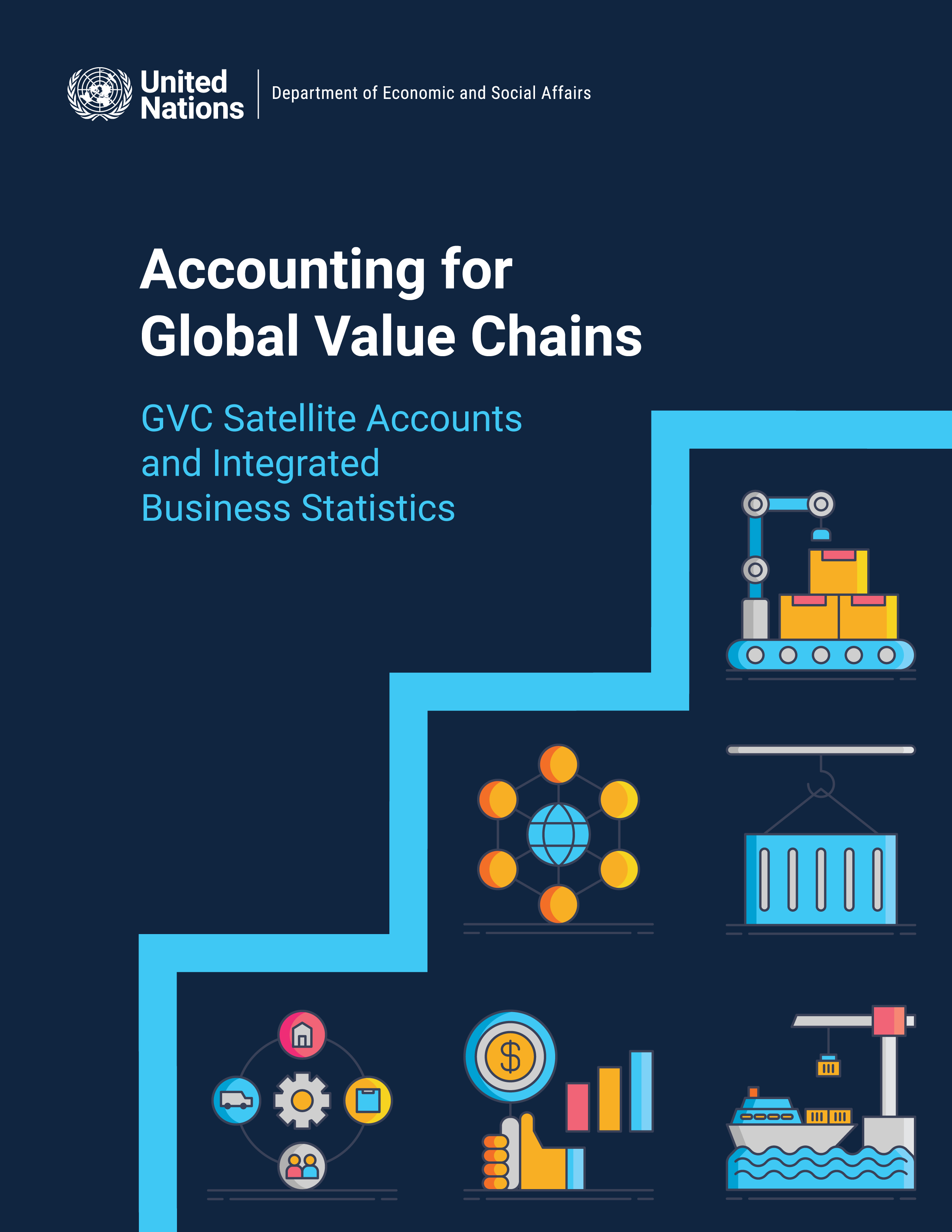
Accounting for Global Value Chains
GVC Satellite Accounts and Integrated Business Statistics
The Guidelines on Accounting for Global Value Chains: GVC Satellite Accounts and Integrated Business Statistics were prepared by the Expert Group on International Trade and Economic Globalization Statistics. The Expert Group was established by the United Nations Statistical Commission in 2015 to address the challenges that globalization and emerging complex production arrangements pose to compiling macroeconomic and business statistics including the supporting business registers. These Guidelines provide a national perspective on globalization on the basis of a GVC accounting framework that describes industry-specific GVCs in a multi-country supply chain of goods services and institutional arrangements. Doing so allows for an integrated presentation of production income assets and liabilities by partner country for those GVC industries that play a significant role in the national economy resulting in GVC-specific multi-country supply and use tables and related institutional sector accounts. These accounts rely on a framework for integrated business trade and investment statistics which is based on a global enterprise perspective with the aim of better understanding the business models and business accounting schemes of global enterprises in their day-to-day activities. Thus the Guidelines further elaborate on the concepts of business lines and business functions and profiling large multinational enterprises. They emphasize the importance of statistical business registers and global registers and resolving data inconsistencies in basic economic statistics.
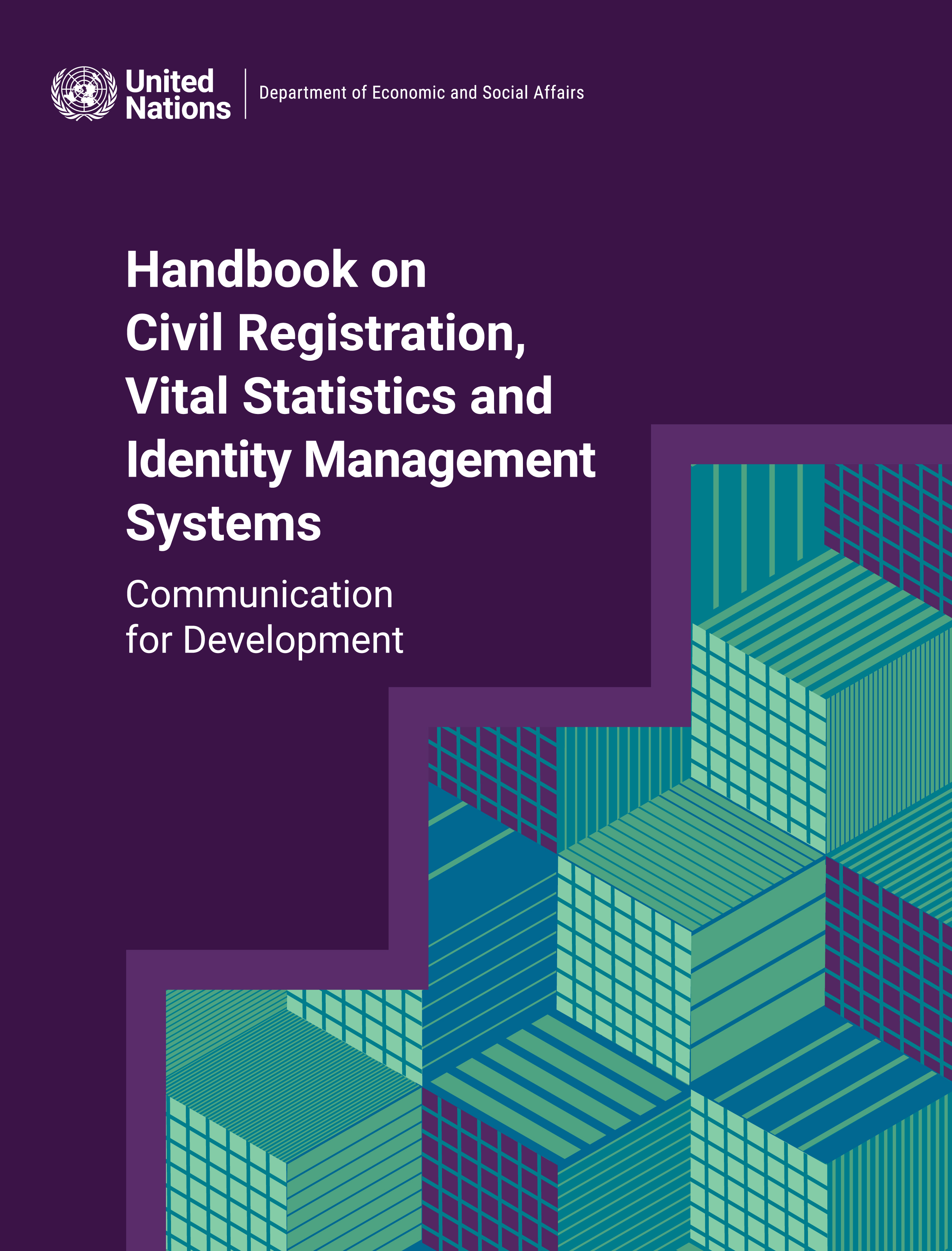
Handbook on Civil Registration, Vital Statistics and Identity Management Systems
Communication for Development
This handbook provides guidance and assistance for countries to help them strategically design and carry out evidence-based and measurable communication for development activities in support of a comprehensive improvement programme of civil registration vital statistics and identity management systems. It is the first revision of the original publication issued in 1998.
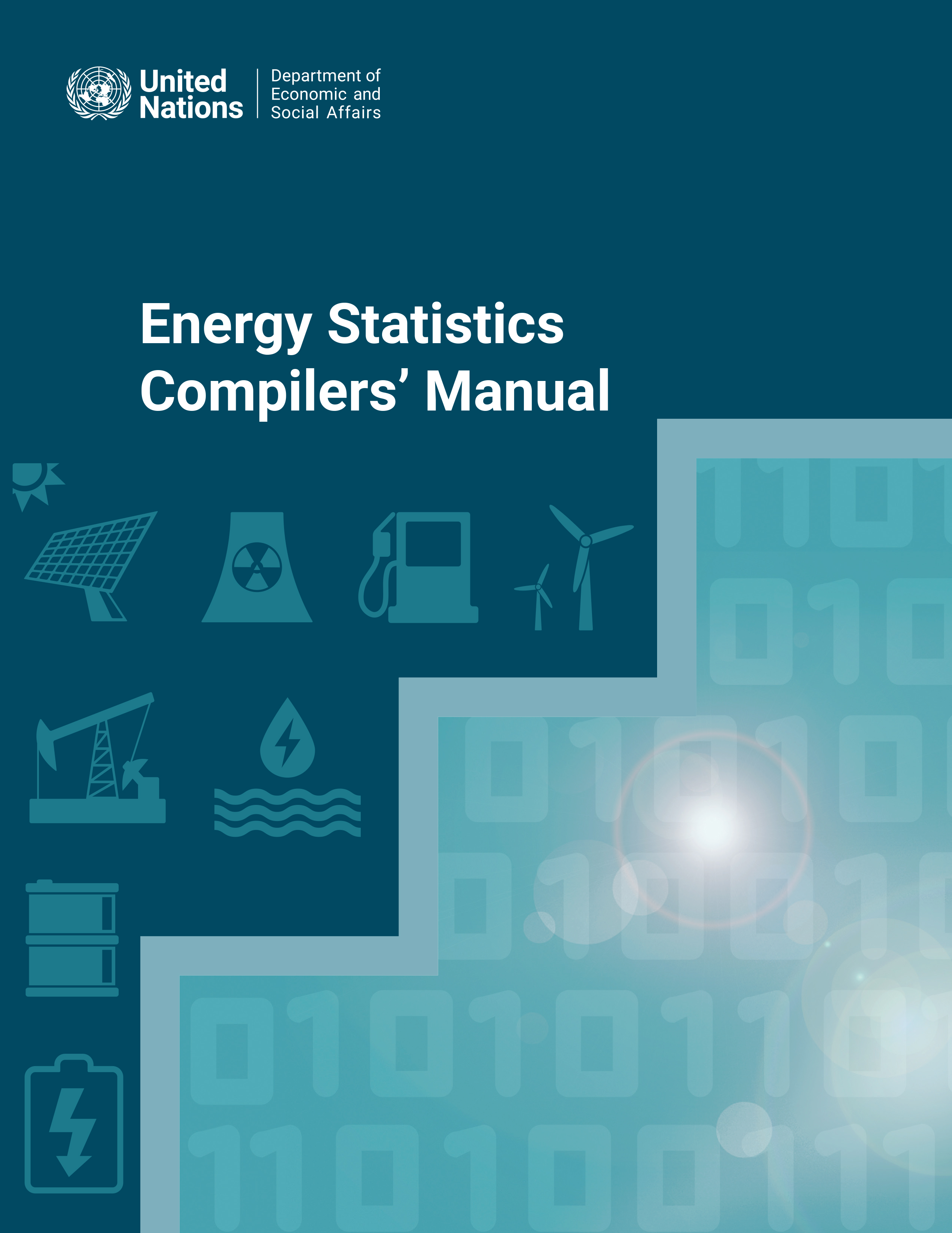
Energy Statistics Compilers' Manual
The Energy Statistics Compilers Manual (ESCM) is a publication that complements in a practical manner the International Recommendations for Energy Statistics (IRES) which provides a comprehensive methodological framework for the collection compilation and dissemination of energy statistics in all countries irrespective of the level of development of their statistical system. In particular IRES provides of a set of internationally agreed recommendations covering all aspects of the statistical production process from the institutional and legal framework basic concepts definitions and classifications to data sources data compilation strategies energy balances data quality issues and statistical dissemination. The ESCM is written primarily for practitioners that are tasked with building up or improving the energy statistics programme of a country or institution in a way that is consistent with the latest international standards and produces reliable and internationally comparable data.The ESCM aims to assist countries in the collection analysis and dissemination of energy statistics to international standards. Its purpose is to complement IRES by providing explanations that make it easier to apply the principles defined in IRES in practical applications to understand specific relationships that facilitate or complicate the adaptation of such principles to national situations and therefore provide practical ways to implement an energy statistics programme that is consistent with the established international recommendations.
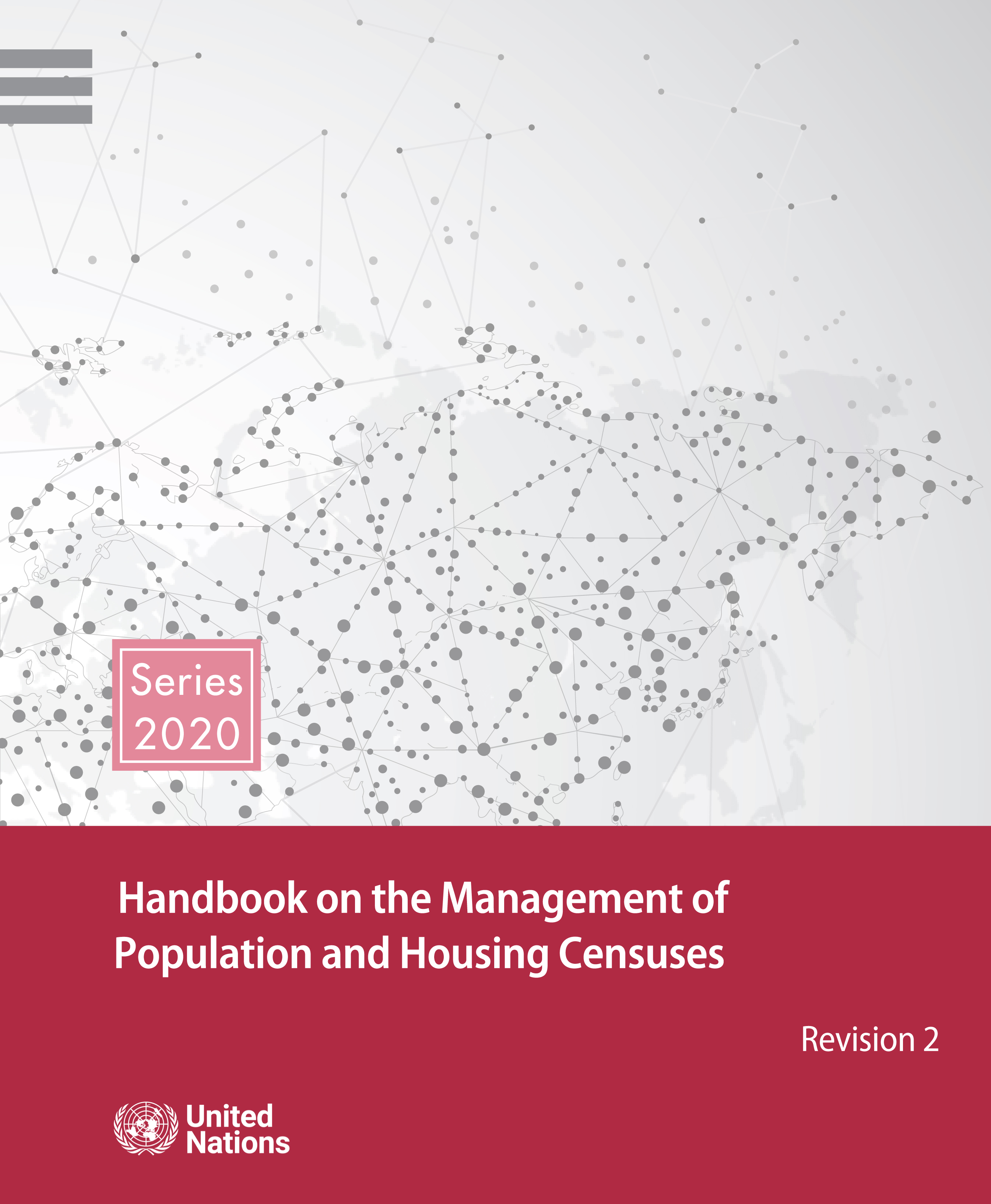
Handbook on the Management of Population and Housing Censuses: Revision 2
The publication is intended to serve as a reference document on management aspects of conducting a population and housing census. The handbook provides guidelines mainly for population and housing censuses based on traditional field enumeration. The objectives of the publication in particular are to provide guidance to countries on how to: (i) develop a structure able to effectively manage the census planning and operational processes; (ii) plan all the processes that need to be considered in establishing a census; and (iii) design control and monitoring processes. The publication is also useful to those who need to plan surveys given the detailed description of the overall process of collecting processing and disseminating the data. The structure of the handbook reflects as closely as possible the census cycle. The initial chapters discuss management aspects concerning the planning and preparatory stages followed by discussions on the operational stages i.e.: pre-enumeration activities field operations processing dissemination of census results evaluation and finally documentation and archiving.
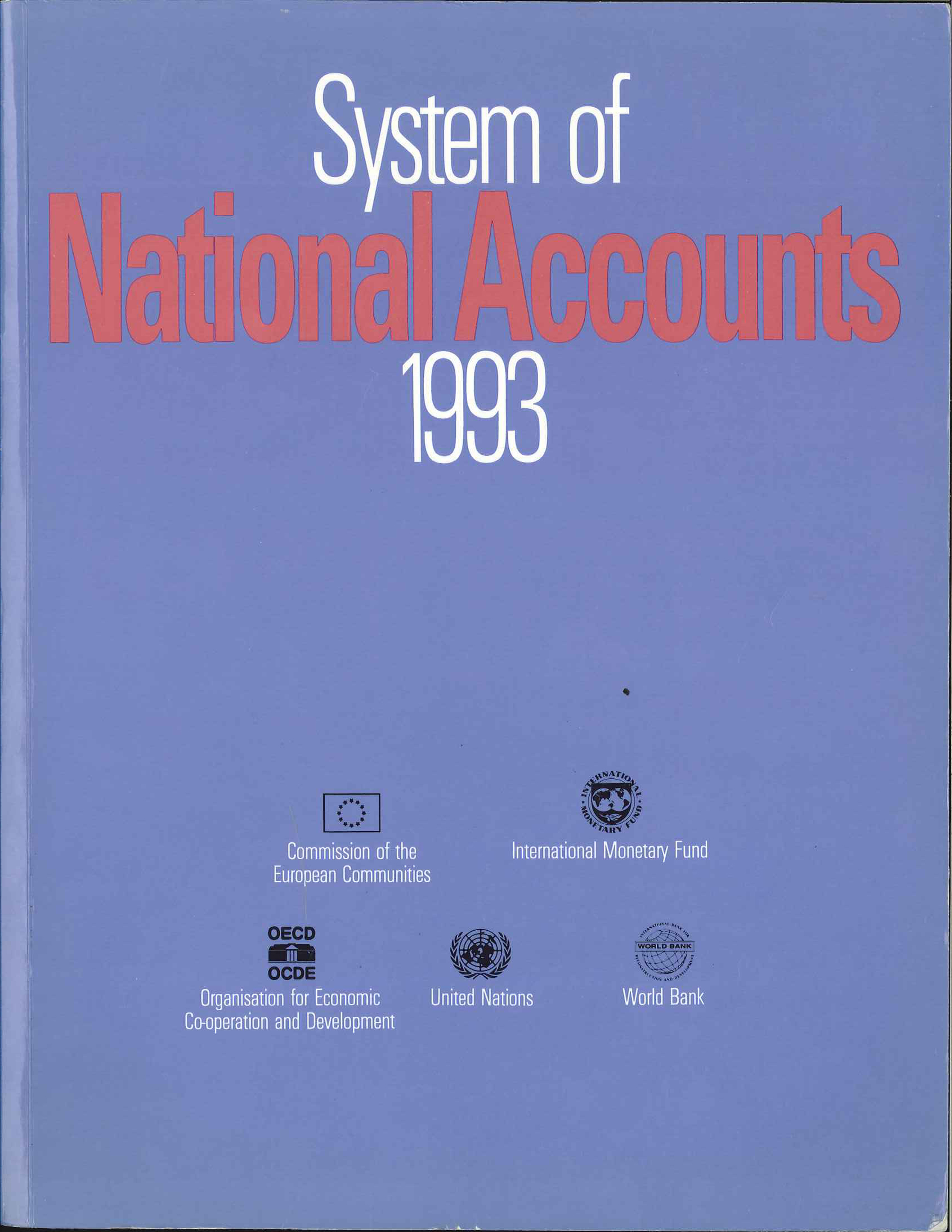
System of National Accounts 1993
This comprehensive manual is the result of an intensive and unprecedented collaboration of five organizations - the United Nations World Bank International Monetary Fund Organization for Economic Co-operation and Development and the European Union with input from some 200 experts worldwide in a variety of statistical and economic fields. It portrays and describes the conceptual and accounting framework of the new and revised recommendations prepared to meet the need for more effective national and global economic policy-making well into the 21st century.
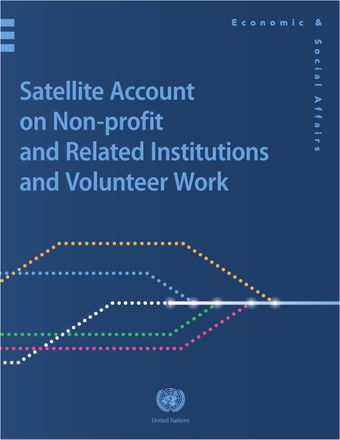
Satellite Account on Nonprofit and Related Institutions and Volunteer Work
The Satellite Account on Nonprofit and Related institutions and Volunteer work (NPI) brings various efforts together to offer comprehensive methodological guidance for creating a coherent satellite account on what we are calling the “third or social economy sector” the “TSE sector” for short embracing three components: (a) NPIs that are not controlled by government; (b) certain related institutions that are not controlled by government including in-scope cooperatives mutual societies and social enterprises; and (c) volunteer work. TSE institutions and volunteer work attract policy interest because of their growing economic presence their extensive involvement in the solution of public problems and the consequent contributions they are thought to make to the common good. Detailed instructions provided in this handbook will go a long way toward addressing important issues.
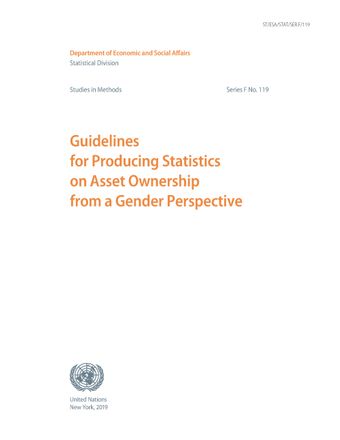
Guidelines for Producing Statistics on Asset Ownership from a Gender Perspective
This publication provides national statistical agencies with guidance on collecting processing analysing and disseminating individual-level data on asset ownership (including dwellings land and financial assets) for the production of gender statistics related to three objectives: 1) measuring the gender asset gap or the differential prevalence of women’s and men’s asset ownership; 2) measuring the gender wealth gap or the share of total wealth held by women; and 3) in households where more than one member is interviewed understanding how asset ownership and wealth are distributed by sex within households. The publication introduces the concepts definitions and data requirements for measuring asset ownership and control from a gender perspective and provides guidance on planning organizing and implementing a household survey or appending a module on asset ownership to a nationally-representative household survey. It also presents a set of indicators for monitoring women’s and men’s ownership and control of physical and financial assets at global and national levels and it explains how data analysis can be employed to answer policy-relevant questions on asset ownership.
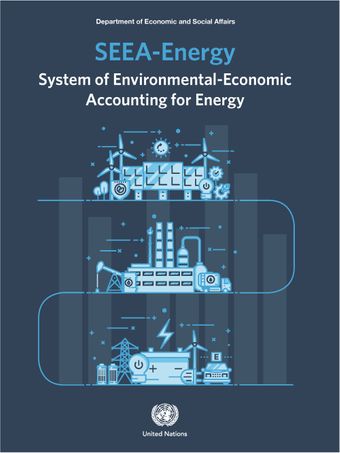
System of Environmental Economic Accounting for Energy
SEEA-Energy
The System of Environmental-Economic Accounting for Energy (SEEA-Energy) is a multi-purpose conceptual framework for organizing energy-related statistical information. It supports analysis of the role of energy within the economy and of the relationship between energy-related activities and the environment.
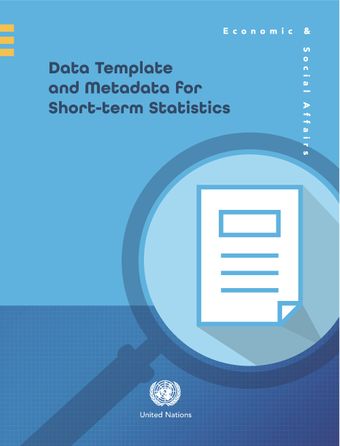
Data Template and Metadata for Short-Term Statistics
The Handbook aims to raise awareness of the importance of short-term statistics in meeting the information needs for explaining and monitoring rapid changes in economic and financial conditions. It does this by setting out the standards and recommendations for compiling short-term statistics and accompanying metadata elaborating the methodological descriptions and the use of individual short-term statistics explaining the statistical and analytical properties of short-term statistics and how they relate to an integrated set of quarterly national accounts and component data. It is targeted at compilers and users of short-term statistics in national statistics offices and national statistical systems regional and international organizations and other relevant organizations including private sector organizations.

Handbook on Supply and Use Tables and Input-Output Tables with Extensions and Applications
The Handbook on Supply and Use Tables and Input-Output Tables with Extensions and Applications provides practical guidance for the compilation of Supply and Use Tables (SUTs) and Input-output tables (IOTs) in line with the latest international standards methods and classifications of the System of National Accounts 2008 (2008 SNA) and the Balance of Payments and International Investment Position Manual Sixth Edition (BPM6). The Handbook provides an innovative approach to the compilation of SUTs and IOTs in the following main areas: the underlying use of an integrated approach to statistics; the use of the Generic Statistical Business Process Model to describe the statistical production process for the compilation of SUTs and IOTs; and the mainstreaming of environmental considerations.The Handbook also provides examples of extensions and applications in order to better understand the analytical uses of such tables.
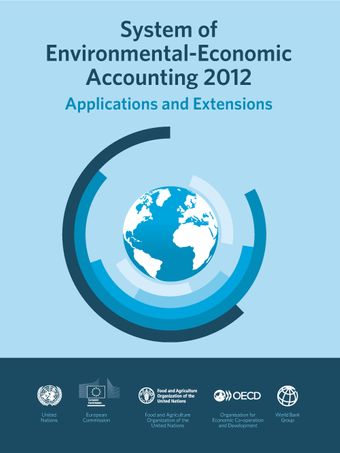
System of Environmental-Economic Accounting 2012
Applications and Extensions
The System of Environmental-Economic Accounting 2012 - Applications and Extensions (SEEA Applications and Extensions) provides potential compilers and users of SEEA based environmental-economic accounts with material to show how this information can be used in decision-making policy review and formulation analysis and research. The SEEA Applications and Extensions provides a bridge between compilers and analysts allowing each to recognise both the potential uses and the related measurement considerations. It is a companion document to the SEEA Central Framework which was adopted as the initial international statistical standard for environmental - economic accounting in 2012.
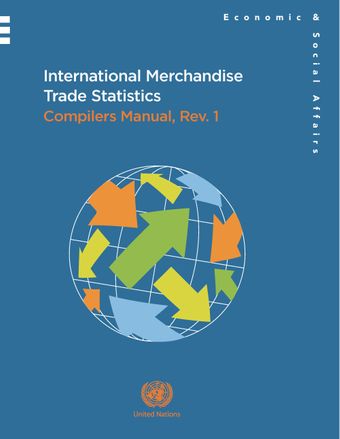
International Merchandise Trade Statistics
Compilers Manual - Revision 1
The International Merchandise Trade Statistics: Compilers Manual Revision 1 (IMTS 2010-CM) supports statisticians in countries in the implementation of the new and updated recommendations contained in International Merchandise Trade Statistics: Concepts and Definitions Revision 3 (IMTS 2010). The Manual contains further and more detailed explanation of certain recommendations and provides practical guidance for trade statistics compilers by describing good or best practices applicable under different circumstances. However the Manual is also a very valuable source of information for all users and analysts of trade statistics as it highlights critical issues of trade statistics and its compilation and describes existing country practises in numerous examples. Readers will gain an inside look in trade statistics allowing an in depth understanding of issues and practises.
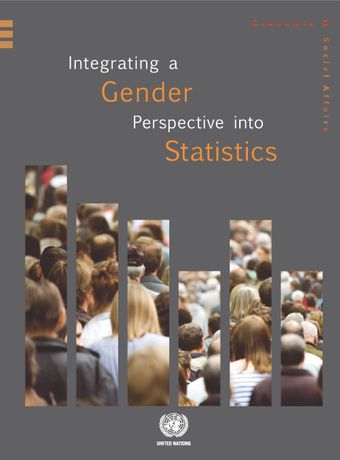
Integrating a Gender Perspective into Statistics
The primary objective of the manual is to foster a gender perspective in national statistics. Recognizing that systematic integration of gender in regular statistical activities is still missing in many countries the manual has been designed to guide a sustainable development of gender statistics. The manual provides concrete information needed to accomplish three main goals: (a) achieve a comprehensive coverage of gender issues in data production activities; (b) incorporate a gender perspective into the design of surveys or censuses by taking into account gender issues and gender-biases in measurement; and (c) improve data analysis and data presentation and deliver gender statistics in a format easy to use by policy makers and planners.
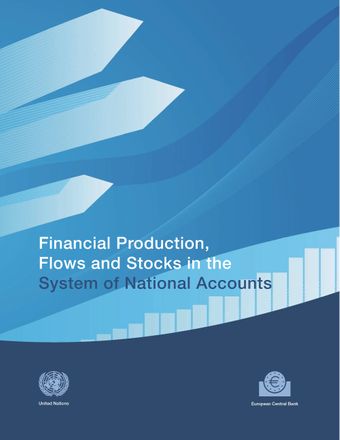
Financial production, flows and stocks in the system of national accounts
This Handbook aims to provide practical guidance on the calculation and allocation of the production of various types of financial services and issues related to the compilation of the financial account and balance sheets by institutional sector in the context of from-whom-to-whom relationships. The Handbook complements the 2008 SNA and related manuals handbooks and guides. The concepts are described and defined in line with the 2008 SNA. Where appropriate illustrative worked examples with step-by-step guidance are provided in the Handbook to give compilers and users a better picture of how to apply and interpret the various concepts. The Handbook is useful for staff working in national statistical offices national central banks international organizations and other institutions engaged in collecting compiling and disseminating national accounts data specifically on the financial corporations sector and financial account and for users requiring a better understanding of such data.
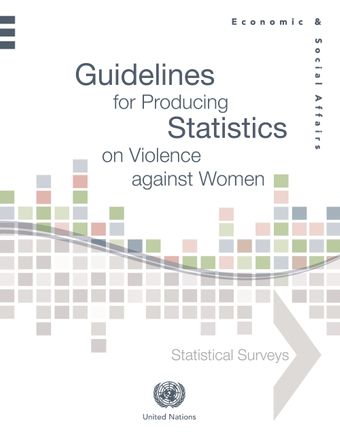
Guidelines for Producing Statistics on Violence against Women
Statistical surveys
Violence against women is an obstacle to achieving the objectives of equality development and peace. It violates the enjoyment by women of their human rights and fundamental freedoms. In all societies women and girls are subjected to physical sexual and psychological abuse that cuts across lines of income class and culture. Data on the prevalence and incidence of various forms of violence against women as well as the causes and consequences of violence are the starting point for developing effective mechanisms at policy levels to eradicate this phenomenon. Properly designed and executed surveys produce the most reliable data on the prevalence of violence and shed light on the scope nature and consequences of many types of violence against women. Surveys can also collect information on circumstances surrounding violence health consequences and the actions the women took to seek help.
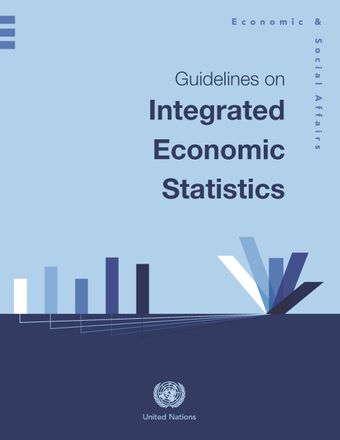
Guidelines on Integrated Economic Statistics
The motivating source of developing guidance for the operational use of an integrated approach to economic statistics in national statistical programmes has been the benefits of integrated economic statistics for nationally and internationally coordinated economic policy. The methodological and practical guidelines in this publication respond to the recognized need for an integrated approach to increase the coherence and consistency of basic economic statistics for enhancing the quality and analytical value of both basic economic statistics and macroeconomic statistics. The Guidelines build upon international standards manuals by describing principles and detailed practices for further increasing the consistency and coherence of economic data within countries over time and across countries.
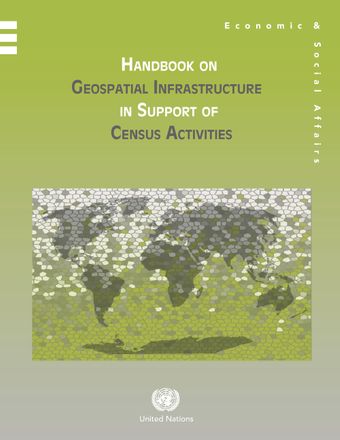
Handbook on Geospatial Infrastructure in Support of Census Activities
